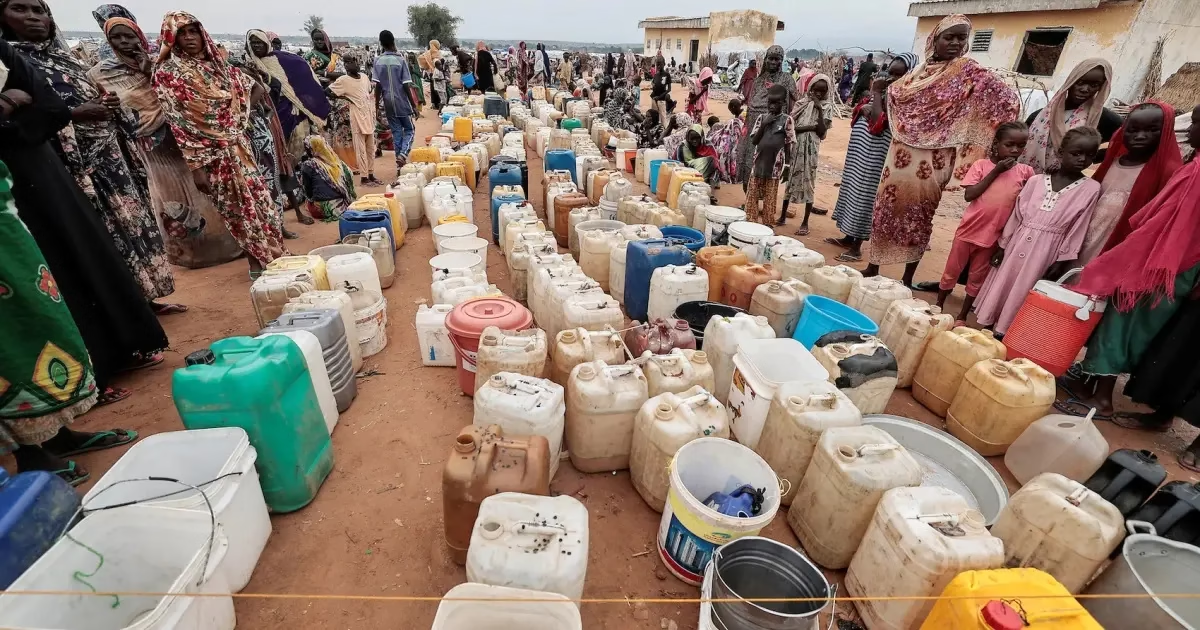Extreme hunger is accelerating across 13 global crisis zones, with Gaza, Sudan, South Sudan, Haiti, and Mali facing an imminent risk of famine unless urgent international intervention is mobilized, the United Nations warned on Monday.
The alarm was raised in the latest Hunger Hotspots report, jointly released by the UN Food and Agriculture Organization (FAO) and the World Food Programme (WFP). The report highlights conflict, economic shocks, and climate-driven disasters as the primary drivers of deepening food insecurity in the worst-affected regions.
Dire Forecast for the Next Five Months
The report projects worsening food crises through the next five months and stresses the need for immediate aid delivery, calling attention to rising insecurity and critical funding gaps that are crippling humanitarian operations.
“This report is a red alert. We know where hunger is rising and we know who is at risk,” said WFP Executive Director Cindy McCain. “Without funding and access, we cannot save lives.”
To officially declare a famine, an area must meet strict criteria: at least 20% of the population must face extreme food shortages, 30% of children must be acutely malnourished, and two out of every 10,000 people must die each day from hunger or related disease.
Countries on the Brink
- Gaza: Ongoing Israeli military operations and a crippling blockade have pushed all 2.1 million residents into acute food insecurity. Nearly half a million could face famine conditions by September’s end, the report warns.
- Sudan: A famine was officially declared in 2024 amid a devastating civil war. Nearly 25 million people remain at risk due to escalating violence and mass displacement.
- South Sudan: A combination of severe flooding and political instability may drive up to 7.7 million people into food crisis, with around 63,000 already living in famine-like conditions.
- Haiti: Gang violence and widespread displacement have left 8,400 people facing catastrophic hunger. The situation continues to deteriorate, with access to food and services severely constrained.
- Mali: Conflict and soaring grain prices could push 2,600 people into famine by the end of August, according to projections.
Other high-risk nations include Yemen, the Democratic Republic of the Congo, Myanmar, and Nigeria, where hunger crises are also fueled by instability, displacement, and failing food systems.
Urgent Need to Protect Livelihoods
FAO Director-General QU Dongyu emphasized the importance of safeguarding agricultural livelihoods to prevent further collapse:
“Protecting people’s farms and animals to ensure they can keep producing food where they are, even in the toughest and harshest conditions, is not just urgent – it is essential.”
Some Glimmers of Hope
While global hunger trends are worsening in several areas, the report notes that Ethiopia, Kenya, and Lebanon have shown marked improvements and have been removed from the current Hunger Hotspots list, demonstrating that effective intervention can reverse hunger trends.
The UN agencies are calling on the international community to respond swiftly to the looming threat, warning that failure to act will cost countless lives.



